New Programs
Building a Future Through Forests A Journey to Discover Hokkaido!
DC222429![]()
未来を創る森のチカラ 北海道から発見!の旅 [HTB]
![]()
![]()
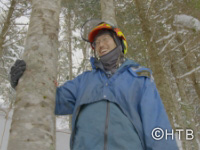
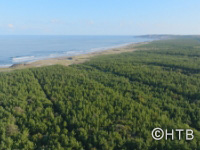
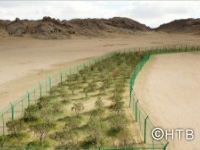
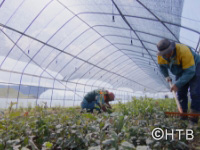
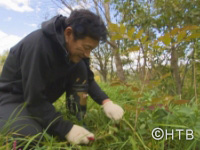
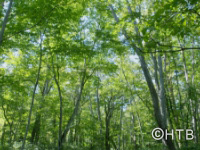
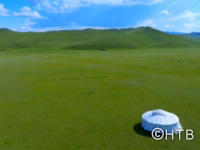
|Length : 72min |Year : 2024 |
The forests of Hokkaido Prefecture have served as example, inspiration, and originator of techniques used in forestry conservation both within Japan and all over the world. In this program, Hideki Kuriyama, a former manager of Japan’s national baseball team, explores the wonders and the possible future forests can build. Beginning with reforestation efforts within Hokkaido, the program reveals how local residents of varying backgrounds have learned to sustainably make use of forests. The program then delves into Hokkaido’s connection to Mongolia, where forestry conservation techniques have been passed on to help combat Mongolia’s environmental issues. Finally, the program returns to Japan and introduces the Obayashi Corporation, a major Japanese construction company, and their vision for a futuristic city where people live in harmony with forests, surrounded by forests.
 NINJA | NINJA
Ninjas Were Public Servants?!
~The Unknown Duties and History of Ninja~
NINJA | NINJA
Ninjas Were Public Servants?!
~The Unknown Duties and History of Ninja~
DC272440![]()
NINJA 忍者は公務員だった!? ~知られざる忍者の任務と歴史~ [MTV]
![]()
![]()

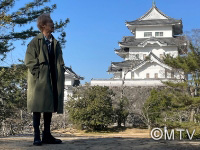
|Length : 46min |Year : 2024 |
“Ninja” and “Ninjutsu” fascinate many people. This program shows their real appearance and charms from various angles.
During the tumultuous periods of history, ninjas served various daimyo and feudal lords, playing active roles across Japan. Their exploits have been portrayed in novels, anime, and movies, contributing to their ever-growing popularity. This program explores various ninja-related stories and uncovers the true nature of ninjas, shedding light on aspects that have remained unclear until now.
To uncover the identity of “The Secret Missions and History of Ninjas”, Tsuruno Takeshi, a multi-talented celebrity, visits Iga-Ueno, the birthplace of ninjas. At the Iga Ninja Museum, which boasts an extensive collection of ninja-related artifacts, Tsuruno delves into the history of ninjas. The deeper he explores; the more intriguing questions arise: Where did ninjas originate?? What missions did they undertake? What truly defines a “ninja”? Although ninjas are often associated with a shadowy reputation, historical records have uncovered surprising truths that challenge this perception.
Giving Voice to Hope
DC292448![]()
「声」-あなたへ 2024春編 [CBC]
![]()
![]()
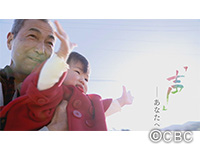
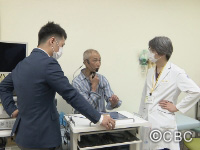
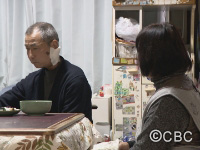
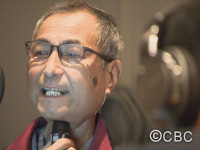
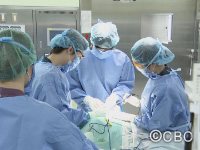
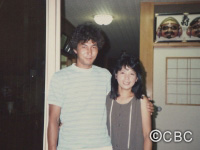
|Length : 50min |Year : 2024 |
"A ‘voice’ is a person’s life… You can save a voice, but you cannot make them happy," reflects a doctor. Hiroyuki Tashima, a 63-year-old truck driver, lost his voice after a laryngectomy due to stage 4 throat cancer. His primary physician is Dr. Naoki Nishio at Nagoya University Hospital’s Otorhinolaryngology Department.
Hiroyuki now uses an electrolarynx to produce his ‘voice,’ but the sound is monotone.
Unable to speak in a loud ‘voice,’ daily interactions, including work and shopping, are challenging. Hiroyuki’s dream is to speak again with his 2-year-old granddaughter, Ayano, using his original voice.
This dream may come true with the ‘Save the Voice Project,’ led by Dr. Nishio and started in 2021.
The project aims to develop an app that can convert the mechanical sound of an electrolarynx into a person's natural voice. This innovation could give a ‘voice’ back to 30,000 people in Japan who have lost theirs. This program follows the project’s progress over a year and a half since 2022.
Testimony of 100 Tsunami Survivors Evacuation Saves Lives
DC372423![]()
100人の証言 命をつなぐ津波避難 [KHB]
![]()
![]()
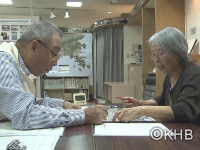
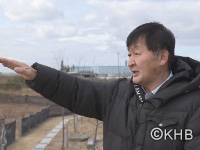
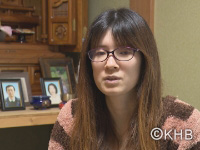
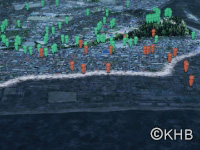
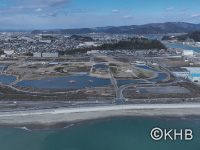
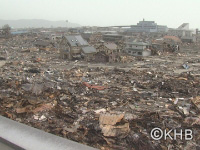
|Length : 25min |Year : 2024 |
On March 11, 2011 the Great East Japan Earthquake triggered a massive tsunami that devastated Ishinomaki City in Miyagi Prefecture and killed nearly 4,000 residents, the most of any municipality impacted by the quake.
To understand why so many residents failed to escape, and to pass on lessons of tsunami evacuation to future generations, a legacy group conducted a survey of 100 survivors. The interviews shed light on evacuation behavior that day and allowed researchers to recreate survivors’ actions using computer graphics. The results reveal a pattern of dangerous evacuation decisions, but also heroic actions that saved many lives.
,Thirteen years since the great earthquake and tsunami, it is hoped that a better understanding of evacuation behavior, and the voices of survivors, will help save lives in the future.














